Trail Blazers 2023 Free Agency Preview: Who Stays, Who Goes?
A look at where the Blazers stand leading into Friday's opening of free agency.
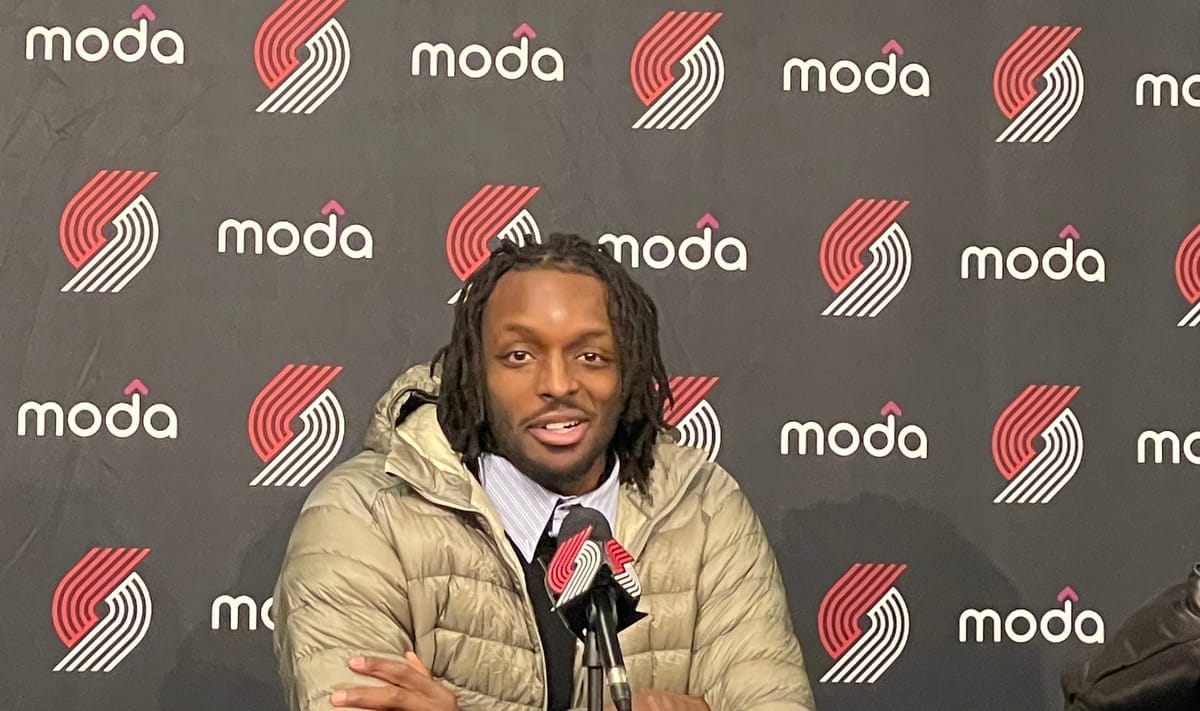
A year ago this time, Kevin Durant upstaged the opening of free agency by requesting a trade from Brooklyn while rumors swirled that he was at Grant High School in northeast Portland, helping out at Mike James' basketball camp.
I lived a block away at the time, so I staked it out, with no success. Durant apparently wasn't even in Portland.
There will be nothing that exciting this year, but there is a lot more intrigue and uncertainty around what the Trail Blazers are going to do over the next week. Last year, they made their big move before the draft in trading for Jerami Grant, and otherwise got their business done quickly in re-signing Anfernee Simons and Jusuf Nurkic while adding Gary Payton II on the mid-level exception.
This year, the noise around Damian Lillard's potential unhappiness in Portland is louder than it's ever been. He and his agent, Aaron Goodwin, met with general manager Joe Cronin on Monday and had what Cronin called a "great dialogue." Cronin also said in a statement that the Blazers "remain committed to building a winner around Dame."
Since they used the No. 3 overall pick to draft Scoot Henderson last week, rather than trading the pick for an established star, the questions have only multiplied as to how Cronin will be able to make the kind of veteran additions Lillard wants and stave off the trade request that thus far has not come but feels more real than it ever has if the next week doesn't go well.
With just over 24 hours to go until free agency officially kicks off at 3pm Pacific time on Friday, the Blazers have five of their own free agents to consider, as well as the mid-level exception to play with and potential trade pieces in Simons and Nurkic.
Here's where everything stands now, based on what we know and what I've heard.
The Blazers' own free agents
- Jerami Grant (unrestricted): Since January, when Grant turned down a four-year, $112 million extension offer from the Blazers, my understanding has been that they're expected to quickly work out a new deal somewhere in the range of $150 million over five years once free agency starts. Of course, that was contingent on the idea that Lillard would be around. Lillard said at exit interviews that he expects Grant to be back, and Grant has given no indication that he wants to leave if the situation is good. Ideally, the Blazers will have some clarity on Lillard's intentions by the time they have to make a decision on Grant. If Lillard is back, Grant will be too. If Lillard is gone, it's likely Grant walks.
- Drew Eubanks (unrestricted): Eubanks had too big a role this season due to Nurkic's injury issues and lack of other center depth on the roster, but he's a perfectly playable third or fourth big in an ideal world. He's a favorite of Chauncey Billups and a hometown kid. It's not crazy at all to think he could be back on another minimum deal.
- Matisse Thybulle (restricted): Out of the three young players Portland acquired at the trade deadline, Thybulle is by far the most likely to be around long-term. He became a starter immediately after coming over from Philadelphia, is an elite perimeter defender and the organization was encouraged by the improvements he showed as an outside shooter (38.8 percent from deep on 3.9 attempts per game as a Blazer). As a restricted free agent who was something of a reclamation project, he won't have a huge market, so they should be able to get him back at a reasonable number, likely around $10 million per year or less. Re-signing Thybulle makes sense whichever direction the roster takes—he's productive enough that he can be a rotation player on a playoff-contending team that still includes Lillard, and young enough that if Portland pivots to a rebuild, he'd still be someone they want to keep around.
- Cam Reddish (unrestricted): Much like in Atlanta and New York before, Reddish had a few moments in Portland that reminded people why he's a former top-10 pick but was far too inconsistent to be viewed as a core piece going forward. They have until today to extend him a qualifying offer and make him a restricted free agent; the fact that they did not do it at the same time as they did Thybulle yesterday should be a pretty strong indicator of which way they're leaning on that. If he comes back, it will be for a minimum deal, but bet on him signing elsewhere.
- Kevin Knox II (team option): The Blazers have to decide today about Knox's $3 million team option. They'll pick it up if they need to use his salary in a trade. Otherwise, it's likely they decline it and, if they want to bring him back, sign him for something closer to the minimum or else just let him go. Knox had a few flashes during the tanking stretch of the Blazers' season but is by no means someone they view as integral to the future of the roster.
How much money do they have to work with?
Before factoring in new deals for any of their pending free agents, the Blazers currently have about $122.2 million in committed salary for next season, which is below the projected $136 million cap. However, there is almost no chance they'll actually have cap space—in order to open that room up, they'd have to completely renounce the rights for any of their free agents in order to remove their cap holds. Considering they currently plan to re-sign at least Grant and Thybulle out of that group, that isn't going to happen.
Let's say Grant's new deal starts at around $30 million in first-year salary and Thybulle's new deal starts at $10 million. That will leave them around $2.8 million below the luxury-tax line. Waiving Jeenathan Williams' non-guaranteed salary could open up an additional $1.7 million. Either way, they're close enough to the tax that it will be almost impossible for them to use the full non-taxpayer mid-level exception (projected to be around $12.4 million) without hard-capping themselves at the first apron of $172 million. The taxpayer mid-level exception can be used without triggering a hard cap, but it's much smaller at $5 million.
If they wanted to sign a player for more than that, they would have to do so in a sign-and-trade with that player's current team, with Simons' $24.1 million and Nurkic's $16.8 million the likeliest candidates for salaries to send back depending on the amount. Acquiring a player in a sign-and-trade would also trigger the hard cap.
The other tool the Blazers have to add a player is the $8.3 million trade exception they got in the Gary Payton II trade with Golden State at the deadline.
For what it's worth, Portland ended this season just a hair under the luxury tax and cut salary at the deadline once it became clear the goal was to take a step back from competing for the playoffs. But assuming the plan is still to build a veteran-laden team around Lillard (and until he formally requests a trade, we have to work under that assumption based on what the organization has said publicly), they will be in the tax this year. It will be almost impossible to build a competitive roster without it. And for all the public sentiment that Blazers ownership has been cheap since Paul Allen's death in 2018, I have not gotten the impression from anybody in the front office that there's a mandate to stay below the tax.
Which players could they target?
The biggest name that's been connected to the Blazers in recent weeks is Draymond Green. The Athletic reported on Monday that the idea of adding the four-time All-Star and former Defensive Player of the Year would be a "dream scenario" for Lillard. The two have been friends for years and were teammates on the 2021 Olympic team. The idea gained steam this week when a Twitter rumor started going around from a local radio personality suggesting that Green was in Portland and could be meeting with Lillard ahead of free agency.
I can't speak to the veracity of that rumor, but I can say this: it is extremely unlikely Green ends up in a Trail Blazers uniform, for a few reasons.
- The Warriors just salary-dumped Jordan Poole to Washington, essentially picking Green over him after their season was derailed by Green's preseason punch of Poole. They wouldn't do that if they weren't confident in their ability to re-sign Green and keep the run going with Stephen Curry and Klay Thompson.
- As we covered above, the only way Portland would be able to sign Green outright as a free agent would be if he was willing to take the $12.4 million mid-level exception. That is not happening. He's looking for a deal worth significantly more per year than that.
- Portland could offer him a deal more in the range of what he's looking for if the Warriors were willing to facilitate a sign-and-trade with either Simons or Nurkic. That's tough to picture, too. They'd probably rather just roll with Kevon Looney as their starting center than take on Nurkic's contract, and Simons is redundant with the amount of high-usage guards there, especially with Chris Paul in the mix now.
- They could turn a sign-and-trade into a multi-team deal, but that gets complicated and requires a third team to want either Simons or Nurkic while having stuff the Warriors want in return. It's not impossible, but the more teams get involved, the harder these deals are to pull off.
- Not to be overlooked: there may still be some lingering bad blood from the way the Gary Payton II trade was handled at the deadline. Even though Warriors GM Bob Myers stepped down at the end of the season, it's still the same front office and ownership group there that publicly accused Portland's medical staff of improper conduct with Payton's core muscle injury only to withdraw their complaint several weeks later. It's hard to picture these two organizations doing business with each other again for at least a couple of years.
Putting aside that remote possibility, the options are much less headline-worthy. The two positions the Blazers need to upgrade are small forward and center. It's a weak big-man class—you're looking at Andre Drummond and Trey Lyles, among others in that general tier. There are a few more options on the wing. If they use the full mid-level, Harrison Barnes could be a candidate if he doesn't go back to Sacramento. Kelly Oubre Jr. is a player Lillard has liked and tried to recruit in the past. Minnesota just waived Taurean Prince, who would be solid. Kyle Kuzma is probably too expensive, and Bruce Brown appears to be leaning towards going back to Denver. But that's kind of what you're looking at.
If the Blazers are going to make the kind of big additions they need to make to convince Lillard it's worth sticking around, it's not happening in free agency. Those moves will be made on the trade market using Simons, Nurkic, Nassir Little and draft capital they can free up by making a deal with Chicago to lift the protections on the first-round pick they owe (which I wrote about in detail here a while ago).
The ideal target would still be Toronto's O.G. Anunoby, who just switched representation from Klutch to CAA a year ahead of his free agency. Thus far, there's been no indication that Masai Ujiri has lowered his asking price at all, so file that one under "unlikely."
Washington seems to be fully in "take back bad contracts for draft picks" mode after trading Bradley Beal and Kristaps Porzingis. Maybe a few of Portland's many available second-rounders would be enough to entice them to take Nurkic's deal and send back Daniel Gafford as a younger, more athletic option at center.
A deal with the Bulls centered around Simons and DeMar DeRozan, with Portland also getting its own first-round pick back, would make some sense for both sides. But the Bulls, fresh off extending Nikola Vucevic on Wednesday, seem happy to just run it back for some reason.
If last week's draft was among the most pivotal nights in recent Blazers franchise history, the next seven days will be almost as crucial in determining the future of the franchise, and whether or not Lillard will be a part of it.
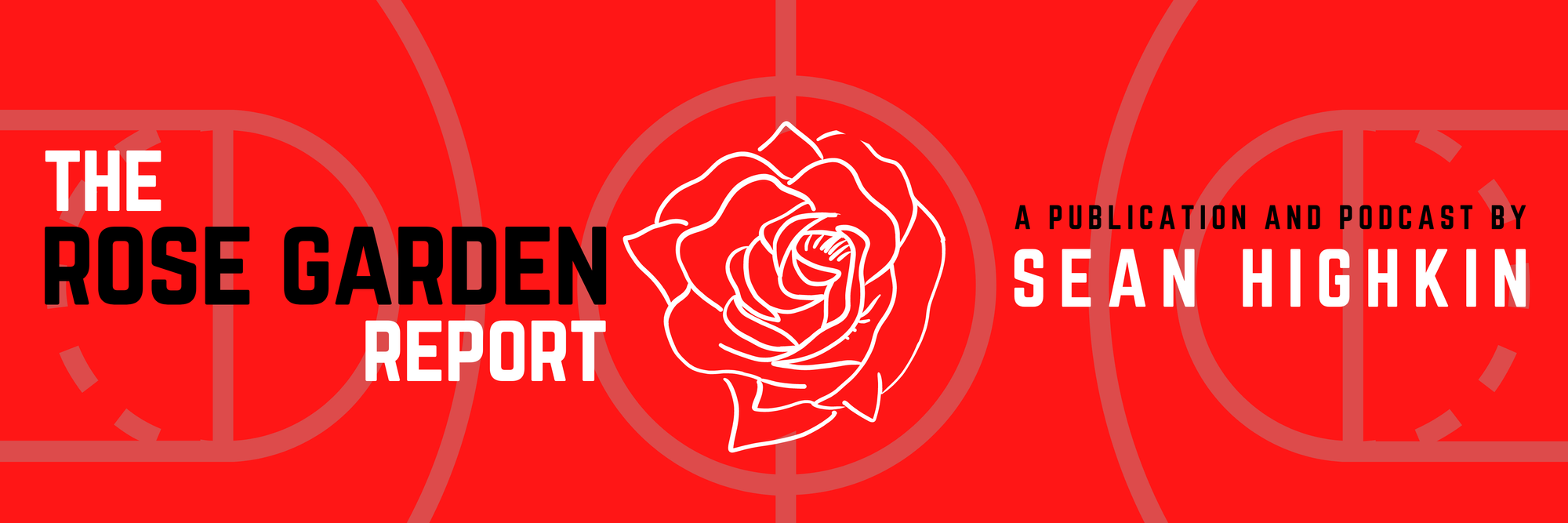
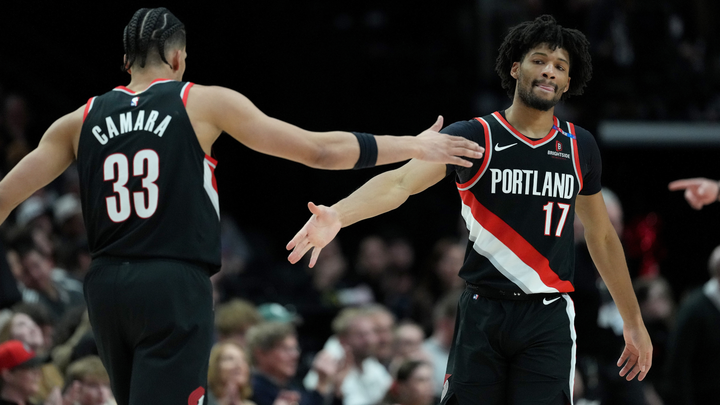
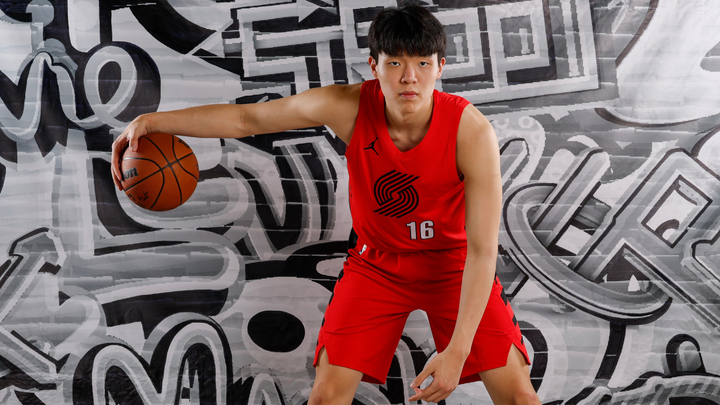
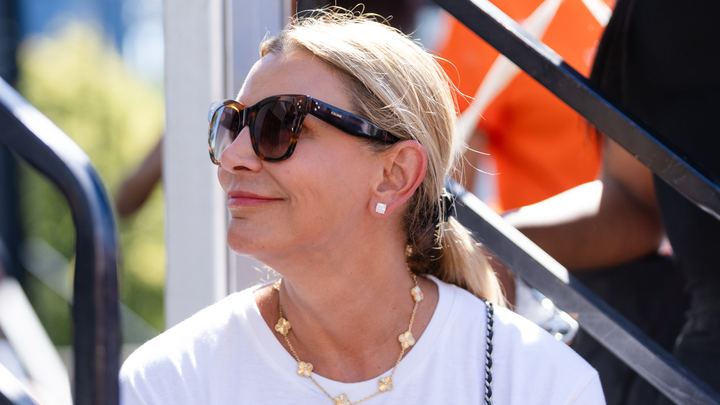
Comments ()